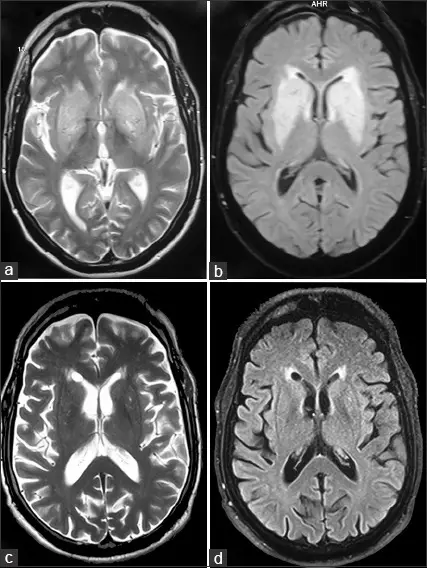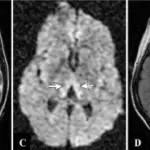Uremic neuropathy is the distal sensorimotor polyneuropathy instigated by uremic toxins presence.
What is the Pathology of Uremic Neuropathy?
The pathology of uremic neuropathy is:
-Etiology: The cause of uremic neuropathy is renal inadequacy
-Genes involved: NA.
-Pathogenesis: The sequence of events that lead to uremic neuropathy is unclear.
-Morphology: The morphology associated with uremic neuropathy shows axonal degeneration
-Histology: NA.
How does Uremic Neuropathy Present?
Patients with uremic neuropathy typically more common in males than females present at an age range of any age. The symptoms, features, and clinical findings associated with uremic neuropathy include lower extremities tingling, prickling sensation and weakness, muscle cramps, paraesthesia, pain sensation, diminished vibratory perception, deep tendon reflexes absent.
How is Uremic Neuropathy Diagnosed?
Uremic neuropathy is diagnosed clinical presentations, laboratory studies- Nerve conduction study, cerebrospinal fluid analysis protein elevated, creatinine clearance <10mL/min,
How is Uremic Neuropathy Treated?
Uremic neuropathy is treated through hemo/peritoneal dialysis management of uremia. Surgical care- renal transplant.
What is the Prognosis of Uremic Neuropathy?
The prognosis of uremic neuropathy is good with hemo- or peritoneal dialysis management of uremia.



